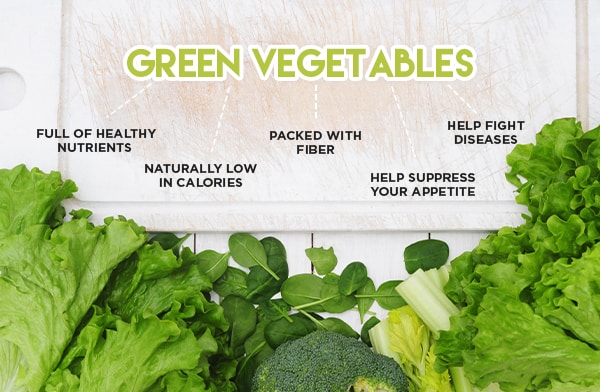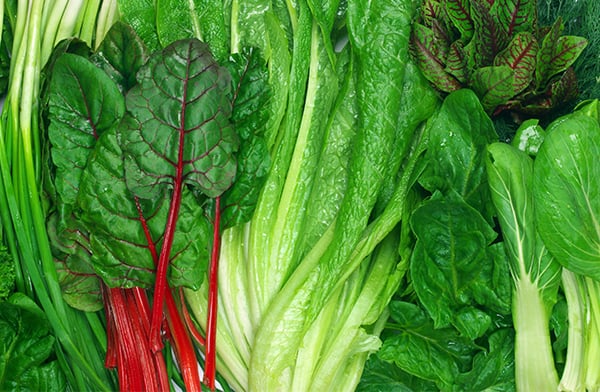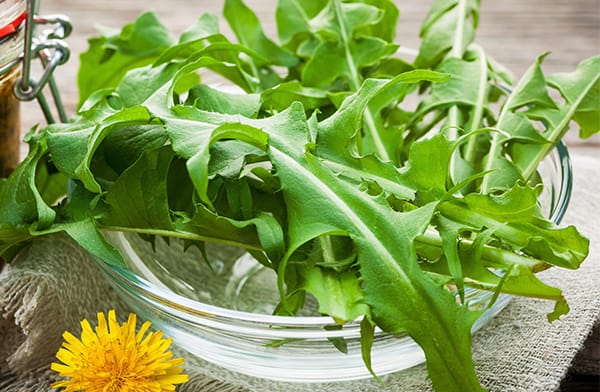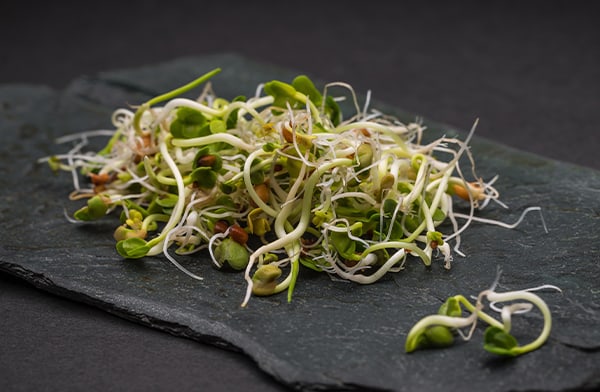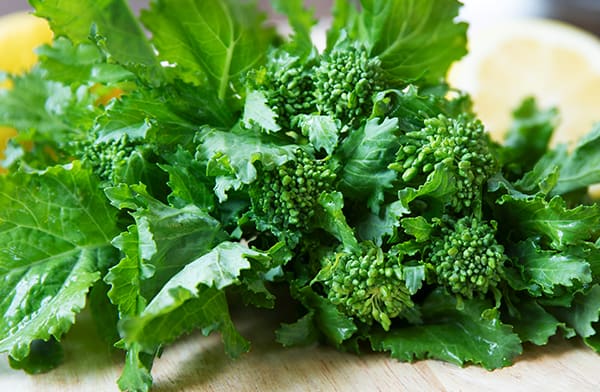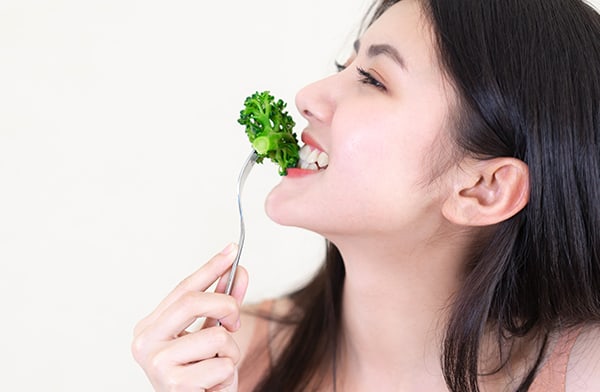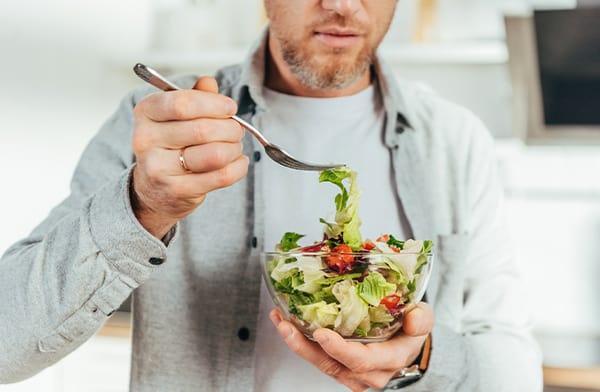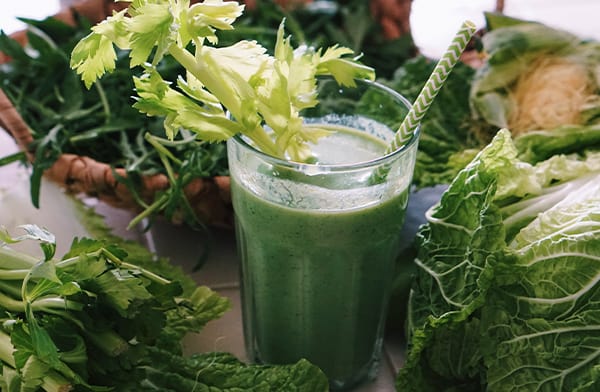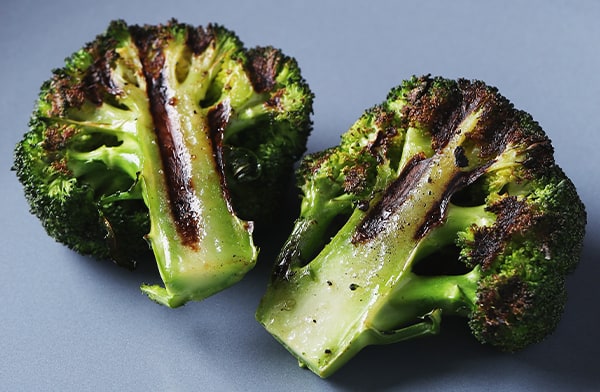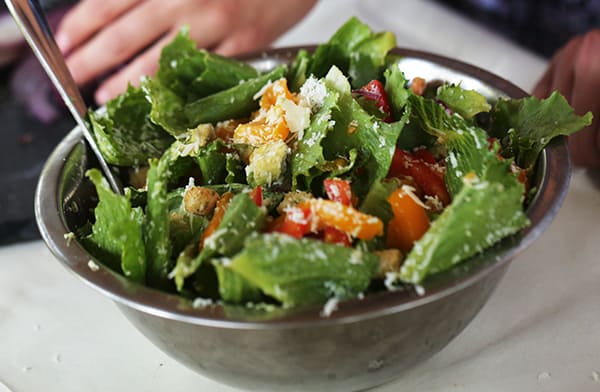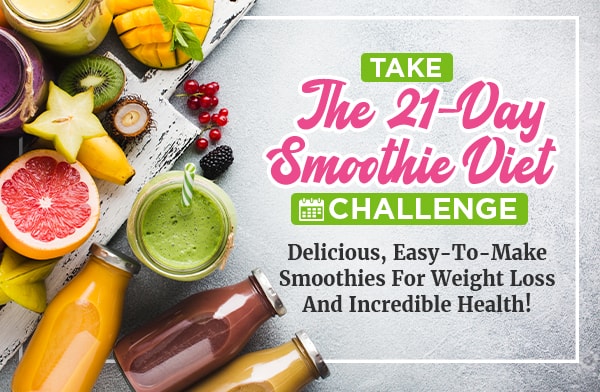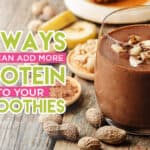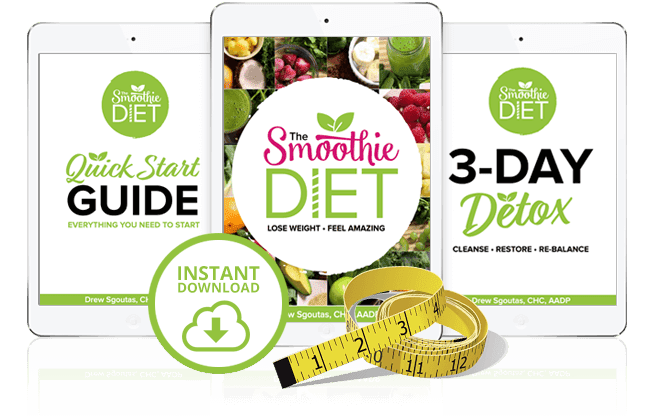Which Green Vegetables Can Help Speed Up Fat Loss?
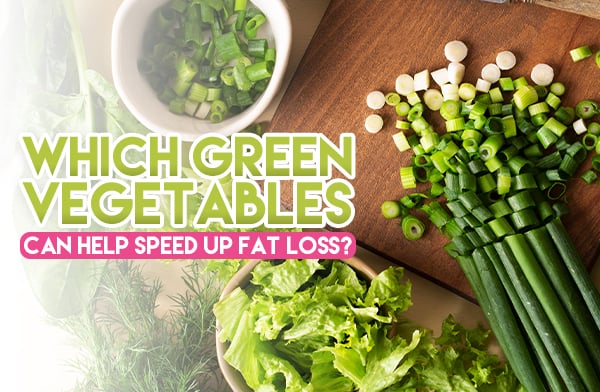
What would you think if I told you that, by eating food, you could lose weight?
You’d think it was too good to be true, right? You’d think I’m trying to sell you some meal full of additives, unhealthy detoxes, or some other kind of quick fix pretending to be healthy food.
Usually, I’d be right there with you. I’m skeptical too, and I like to stick with the science whenever I recommend anything. All of those powders and miracle supplements, toss them in the trash. I’m not here to recommend any of that.
Instead, let’s talk about one of the oldest health foods in the world. It’s something every single historical society ate. It’s something even Neolithic people had as part of their diet. It’s been a staple for as long as there have been people.
What is it? Green vegetables!
How Can Green Vegetables Help You Lose Weight?
Wait, what? How can vegetables help you lose weight?
It’s true! Green vegetables are a great way to help you lose weight. They’re better than stimulants, they’re better than powders, and they’re better than detoxes. More importantly, they don’t just help you lose weight; they help you keep weight off and keep you healthy while you’re shedding that weight.
How do they do it?
- Green vegetables are full of healthy nutrients. Your body needs many different nutrients to function properly, from the macros (protein, fat, carbohydrates) to the micronutrients (vitamins, minerals). The more you give them to your body, the better off you’ll be. Nutrients can help you burn fat, lose weight, and have more energy.
- Green vegetables are naturally low in calories. They have a lot of substance to them, but they don’t have a lot of calories. That means they can fill you up and keep you feeling full for longer without actually loading you up on calories that contribute to fat storage. Not only are they helping accelerate your fat loss, but they’re also helping to prevent you from storing more fat.
- Green vegetables are packed with fiber. Fiber is an essential carbohydrate. It slows down your digestive process so that you’re much more capable of going hours without eating or snacking. It helps your body fully process the ingredients in the food you eat to get the most out of every meal.
- Green vegetables help suppress your appetite. Fiber helps keep your appetite low. You’ll be less tempted to snack or eat a mid-day meal because you’re still feeling full from your last meal with a bunch of green vegetables in it. This makes it much less likely that you’ll snack on other unhealthy items throughout the day.
- Green vegetables can help fight diseases, which is one of the many health benefits of green vegetables. Some green vegetables can help regulate your blood sugar and fight diabetes. Blood pressure, cholesterol, heart disease; all of these risks can potentially be minimized with a healthy diet of green vegetables.
With a list of benefits like these, what more could you ask for?
Which Green Vegetables are Best for Fat Loss?
There are tons of vegetables out there, so which ones are the best for fat loss? Let’s take a look at a list.
1. Leafy Greens. The category of leafy greens is smaller than you might think. Some green vegetables look like leafy greens but are actually a different kind of vegetable. Botany is wild sometimes.
Leafy greens include some of my favorites, like spinach, kale, collard greens, and swiss chard. They’re all very good at giving you a variety of minerals and nutrients. They also have amino acids and a bunch of fiber in them all. I like them because they work well in smoothies, of course, but you can put them on sandwiches, eat them as part of a stir-fry, or easily fit them into other healthy recipes.
2. Lettuce. Lettuce-like plants are a leafy green that isn’t quite considered a leafy green. The distinction is mostly meaningless to people like you and me, but the categories are important for some forms of classification.
In any case, lettuces include ingredients like, well, lettuce. Romain, butterhead, even iceberg can be fine, though these don’t have much substance or nutritional value. You can also consider lettuces like arugula. They all tend to have pretty mild flavors, making them very good for smoothies and other blends where you don’t necessarily want a strong vegetable flavor.
3. Edible leaves. Yes, this sounds like a third way of saying the same thing, and it kind of is. What’s the difference between lettuce, spinach, and watercress? Not a whole lot! Once again, the scientific classification is important in some situations but not in others. For our purposes, all you need to know is that they’re tasty and good for you.
Edible leaves include greens like dandelion greens – yes, the wild weed that shows up in yards across the country – and watercress. Dandelion greens are particularly high in nutritional value, though they do have a stronger flavor. Also, you probably shouldn’t just pick them from your yard. You never know what kind of chemicals have been sprayed in the area. It’s better to get them from a commercial producer or grow them specifically in a garden you can control.
4. Sprouts. For a veggie, sprouts like alfalfa have excellent protein content. Fresh young sprouts are full of all of the energy packed into a seed, but they’re much easier and softer to eat and more filling than seeds tend to be. Sprouted greens can have some drawbacks – they aren’t great for pregnant women, for example – but they’re good in most other situations.
6. Broccoli. Broccoli is one of the go-to green vegetables for many people. I tend to prefer leafy greens and their ilk for the ease of blending them into smoothies, but some people generally prefer vegetables with more substance to them. Broccoli is one of those veggies.
Pro-tip: roast your broccoli. Steaming broccoli is a fast way to cook it, but it brings out some more robust flavors you might not like while softening it up and making it mushy if you over-cook it. Roasting it keeps the crunch and gives it a better flavor overall. Try it with a dash of lemon and some herbs.
7. Broccoli Raab. Broccoli Raab, also known as Rabe, is not actually related to broccoli at all. It’s more related to turnips and is better known as Rapini. It’s a great green vegetable to eat, but it usually needs to be cooked properly first. It’s somewhat bitter and can be a bit of an acquired taste.
8. Cabbage. Cabbage seems like it should be a leafy green, but the density of the cabbage head makes it better left to its own category. Cabbage is excellent because it has a strong flavor that many people enjoy, and it’s packed with nutrients. It’s also very versatile and inexpensive, making it a perfect addition to your regular recipe roster.
9. Asparagus. Asparagus grows in stalks straight out of the ground and is best harvested when it’s relatively small to keep it tender and flavorful. It’s high in protein and low in carbs, but more importantly, it contains a natural diuretic called asparagine. This chemical can help you shed water weight, which leaves you feeling better and helps you burn fat more when you exercise. Overall, it’s a great addition to any diet.
This is just scratching the surface of green vegetables. Pretty much all of them are great for losing weight, so any time you stroll through the grocery store produce section, challenge yourself to pick up a healthy assortment. It’s a great time to try something new! Once you buy it, you can come up with a recipe later.
How Do I Eat More Green Vegetables?
It’s one thing to give you a big list of vegetables to try, and it’s quite another to help you actually eat them. So, how can you easily work these vegetables into your diet?
Eat them raw.
Some of these vegetables work perfectly fine raw. Peas and green beans are great as raw veggies.
Broccoli can be eaten raw on its own or with a little bit of healthy dip. Raw sprouts are an excellent choice, though they may work better on a sandwich than eaten by hand as a snack.
Make a salad.
Salads are one of the best go-to meals to eat a lot of green veggies all at once. A base made out of some leafy greens, or even a mixture of leafy greens, can support other veggies as additives.
Don’t forget you can add non-green vegetables too, like radishes, carrots, and tomatoes. The only caveat here is that you want to avoid overeating salad dressing since some dressings can be pretty unhealthy themselves.
Blend them into a smoothie.
My favorite option is to blend your green vegetables into a smoothie.
Smoothies have a ton of benefits!
- You have a ton of different flavor profiles to choose from, from chocolate and peanut butter to a blended veggie salad to a tangy fruit mix and everything in between. Variety keeps things interesting, and for people who don’t like the taste of vegetables, you barely notice that they’re there!
- They can be blended up and stored for later, especially if you’re willing to freeze them and thaw your smoothie each morning.
- They’re a quick and easy way to get a full meals worth of nutrients without the hassle of cooking a full meal.
I’m a huge proponent of using smoothies to lose weight, and most of my clients can lose a surprising amount of fat just from following my smoothie diet. If you’re at all interested, I highly recommend you check it out. There’s a lot of great info inside, including how best to use green vegetables in your smoothies.
Roast them.
Some veggies listed above, like broccoli, work very well when you cook them. A lot of people default to steaming veggies, but that’s a mistake. Steaming veggies doesn’t add any flavor. All it does is soften them up so that they’re easier to chew. If that’s your thing, go for it!
For everyone else, I recommend trying roasted veggies. Try chopping up broccoli, cauliflower, mushrooms, green beans, and tomatoes into bite-sized pieces. Then toss them lightly with a small amount of healthy oil and Italian herbs, and roast them. They’ll be softer (but not mushy), packed full of flavor, and they’ll have a great texture.
Snack on veggie chips.
Kale chips are something of an acquired taste and texture, but other veggies can also make good snacks. Roasted edamame is a popular chip-like snack in Asian countries (or Asian groceries), and you can do something similar with green beans and snap peas. Veggie chips are an excellent alternative to potato chips or corn chips, both of which will be loaded with salt and oil, which are bad for your weight loss plan.
Your Favorite Veggies
Green veggies are a powerful addition to every diet. They’re low-carb in general, so they can work with keto diets or low-carb diets. They’re high in healthy proteins, fats, and nutrients, making them ideal for snacks and meals. They help reduce fat storage, enhanced fat burning, and reduce your appetite. What’s not to love?
I believe smoothies are one of the best choices for anyone looking to lose weight. More importantly, I don’t believe that a weight loss diet has to be painful. Smoothies are delicious, easy to make, and a wonderful addition to any day. They can be made fresh, or they can be saved for later. They’re flexible, they’re portable, and they’re fast.
Adding green veggies to your meals will help you lose weight by coming at the problem from all sides. They support your body’s natural processes, they help suppress your appetite, and they accelerate fat loss. If you’re looking to lose weight, look no further than a good green smoothie.
So, this time I turn to you. What are your favorite veggie recipes? What’s your favorite green veggie to add to smoothies? I’m personally a big fan of spinach, arugula, bok choy, chard, kale, and romaine. They’re all relatively neutral but have distinct flavors that pair well with particular smoothie ingredients. Please let me know in the comments below!

